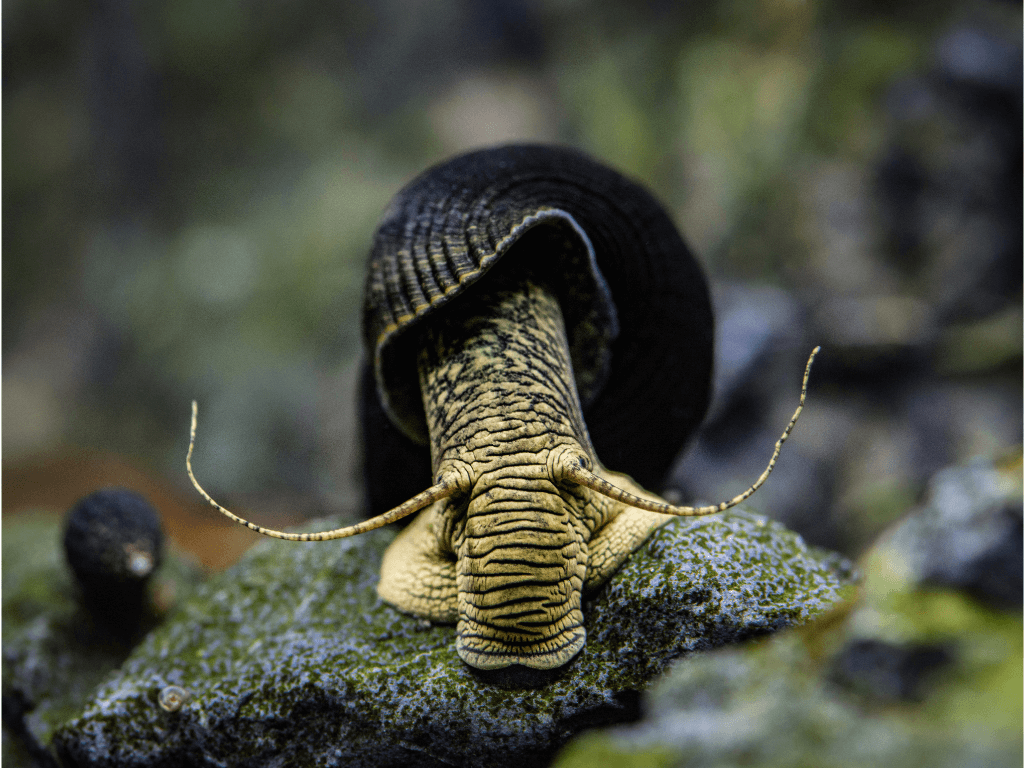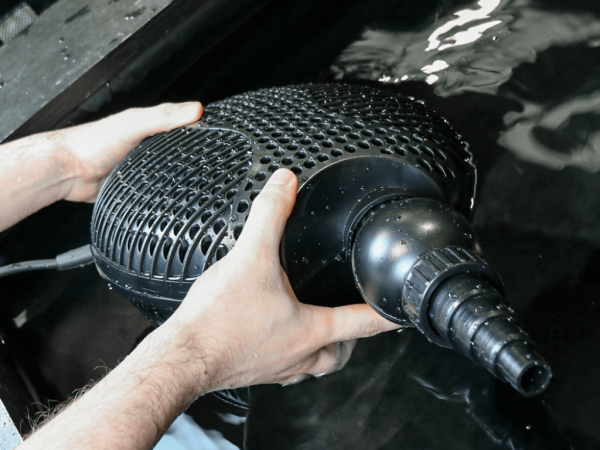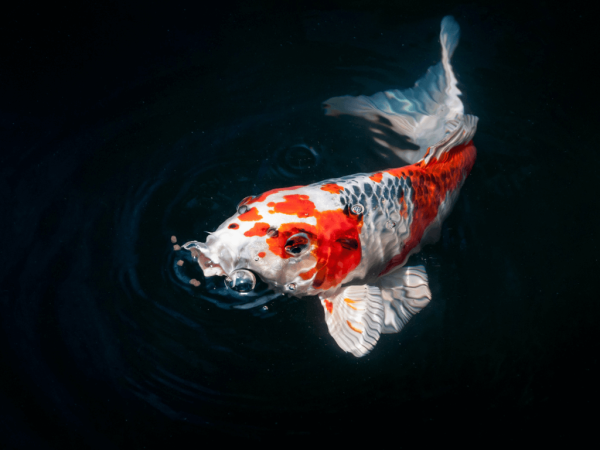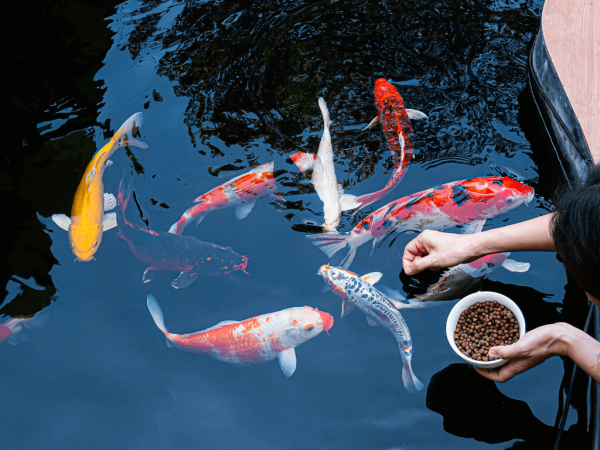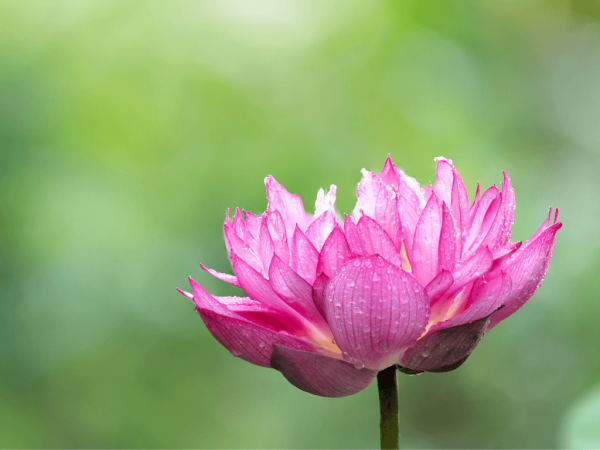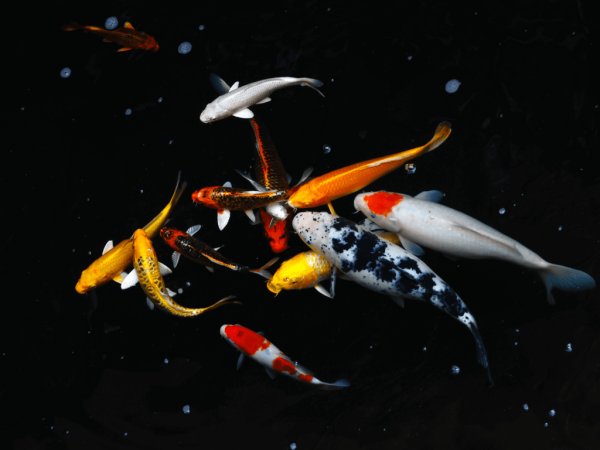5 Reasons Why Aquarium Snails Are Great For Freshwater Fish Tanks
Not everyone loves aquarium snails, but these shelled invertebrates are amongst the best fish tank cleaners in the hobby. There are many types of freshwater snails, from golf ball-sized Mystery Snails to dinky Bladder Snails smaller than a 5p coin. They all play important roles in underwater ecosystems; adding them to your aquariums can have the following benefits…
Benefits of aquarium snails
1 – They recycle waste material
Most types of aquarium snails are detritivores, meaning they spend the majority of their time scouring your substrate, rocks, wood, and plants in search of uneaten fish food and other edible waste. This is great as it stops waste from building up inside your aquarium and polluting your water with harmful compounds like nitrate, nitrite, and ammonia.
2 – They eat algae
A lot of freshwater snails have a particular taste for algae, especially the soft green and brown kind that’s often found on smooth rocks and aquarium glass. There are some aquarium snails, like Nerite Snails, that are sold specifically as algae eaters. These snails have a sharp, pointed tooth on their upper jaws that they use to scrape surfaces clear of algae.
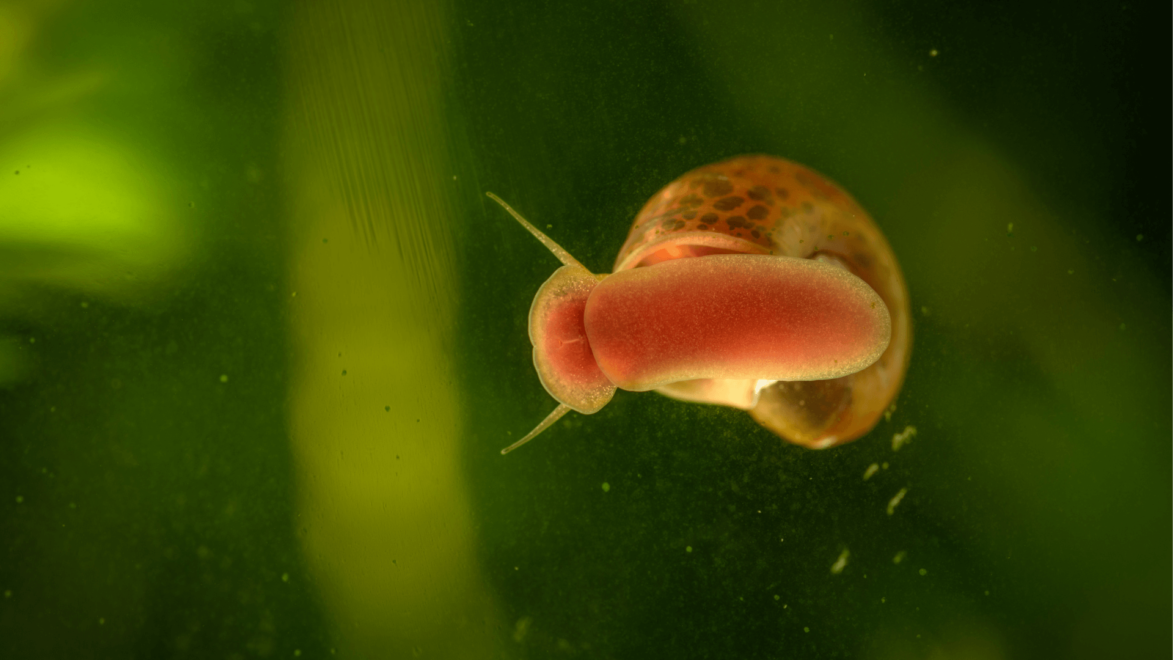
3 – Their waste acts as great plant fertiliser
Just like your aquarium’s other inhabitants, freshwater snails also produce waste. Their digestive tracts are only short, so they poop constantly. This poop is a little unsightly but it’s great fertiliser for aquarium plants, containing the three main nutrients – nitrogen, phosphorus, and potassium – that they need to grow lush and healthy.
4 – They look great
Not all types of aquarium snails are drop dead beauties. That said, there are several varieties that can rival some of the most popular fish in terms of looks, like Mystery Snails and Ramshorn Snails. Both these freshwater snails come in a variety of vibrant colours, from sun-kissed yellow to hot pink.
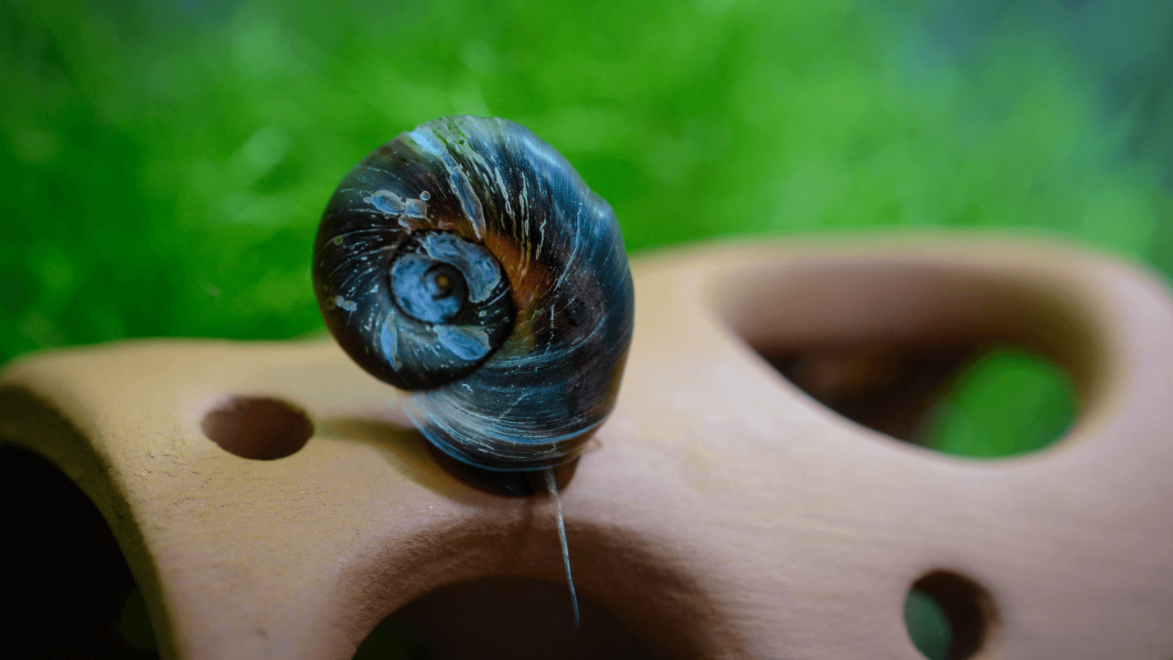
5 – They’re peaceful
Unlike many types of fish, aquarium snails wouldn’t hurt a fly. They’re incredibly peaceful creatures that mind their own business and don’t bother any of their other tankmates. They tend to steer clear of fish eggs too, so even if you have a breeding set-up you should consider adding a handful of freshwater snails.
Types of aquarium snails
1 – Nerite Snails
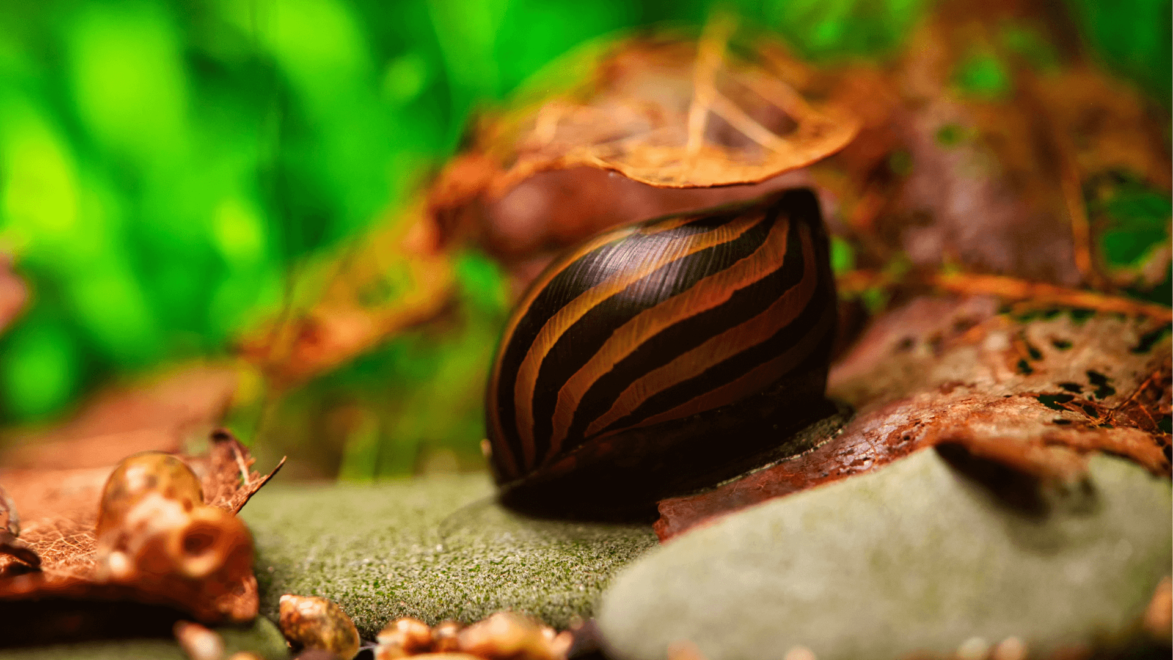
These freshwater snails are renowned for their algae eating abilities. They’re capable of eating most types of algae, even stubborn forms like green spot algae. They come in a variety of colours and patterns too, with the most common being a black and brown/orange striped variant commonly known as a Zebra Snail.
Nerite Snails have a very high salt tolerance and actually require brackish water in order to reproduce. This is great news for those of you with freshwater fish tanks who want to keep their snail populations small. That said, female Nerite Snails will still lay unfertilised, sesame seed-sized eggs if they’re of breeding age and like the conditions inside your aquarium.
2 – Mystery Snails
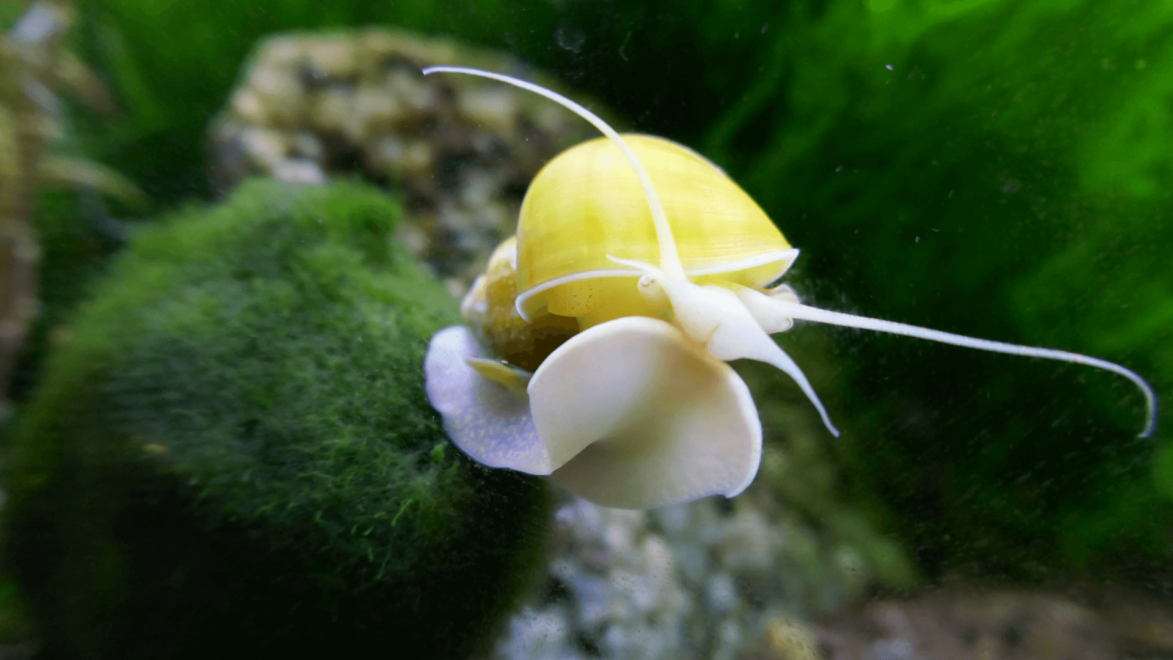
These aquarium snails are amongst the biggest available in the hobby. Most adult Mystery Snails will max out at a diameter of ~6cm, but some have been recorded growing as large as 17cm! They’re remarkably fast and active, as snails go, and are known to climb high in an aquarium before jumping and ‘parachuting’ down to the substrate.
Mystery Snails are great algae eaters and love snacking on soft and fibrous forms like thread algae and hair algae. They’re safe with aquarium plants too and will only eat dead and decomposing plant material, which can encourage new growth. Unlike many other freshwater snails, they’re not hermaphroditic so you’d require a male and a female in order for them to breed. This makes population control very easy if you only start off with one snail.
3 – Ramshorn Snails
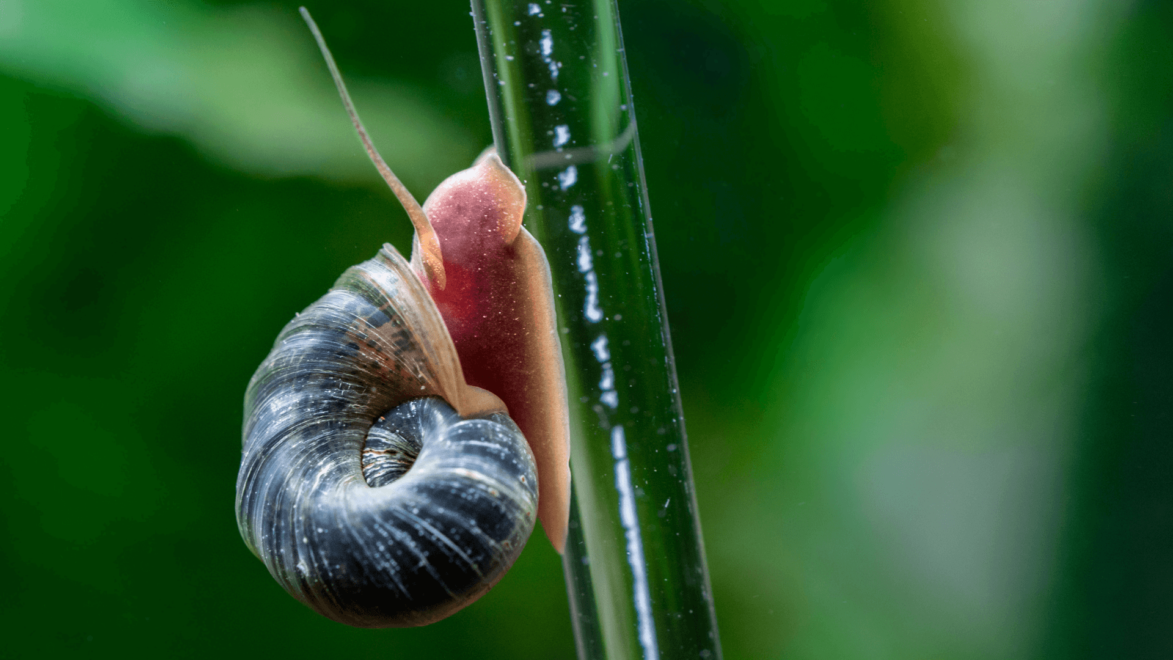
This aquarium snail has a unique shell that resembles, you guessed it, a ram’s horn. They don’t get too large, maxing out at ~3cm, and they come in a variety of different colours. As hermaphrodites they can reproduce on their own so, given time and enough food, they can quickly overrun your aquarium. To keep their populations low simply avoid overfeeding. Like many other aquarium snails on this list, Ramshorn Snails aren’t fussy eaters and will happily chow down on soft algae, dead plant matter and uneaten fish food.
4 – Bladder Snails
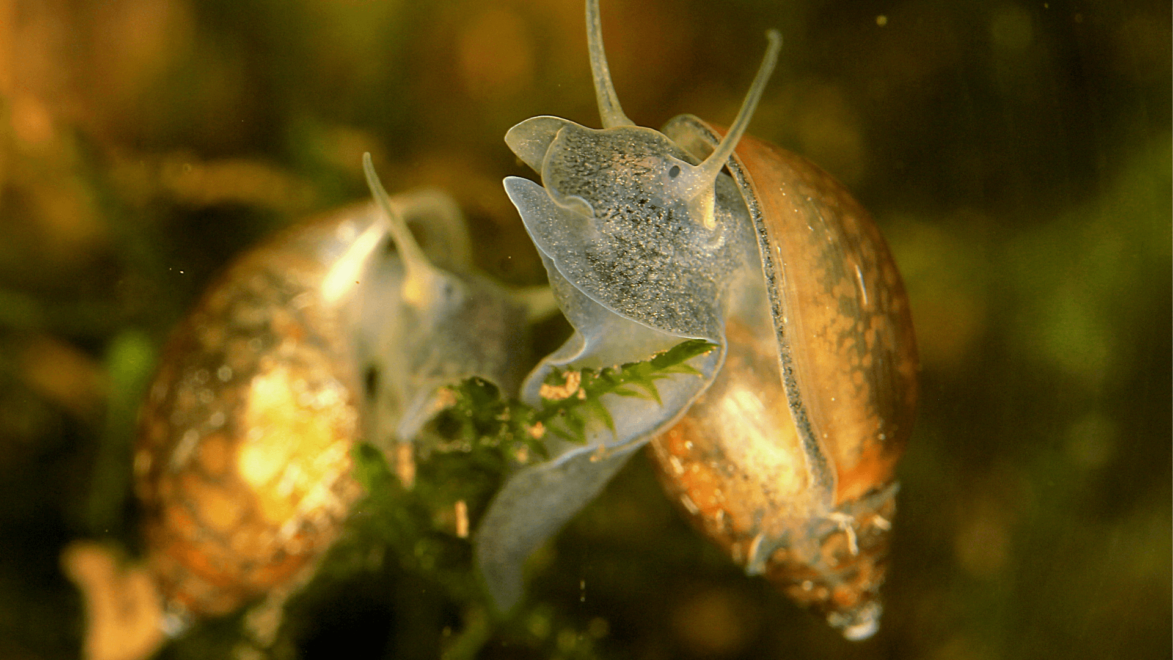
This small freshwater snail isn’t quite as good-looking as a Ramshorn Snail, typically sporting a mottled brown, conical shell, but they’re just as good at eating the muck that tends to accumulate in the hard-to-reach areas of your aquarium. They’re hermaphroditic, like Ramshorn Snails, and will lay similar-looking, frogspawn-like eggs.
5 – Rabbit Snails
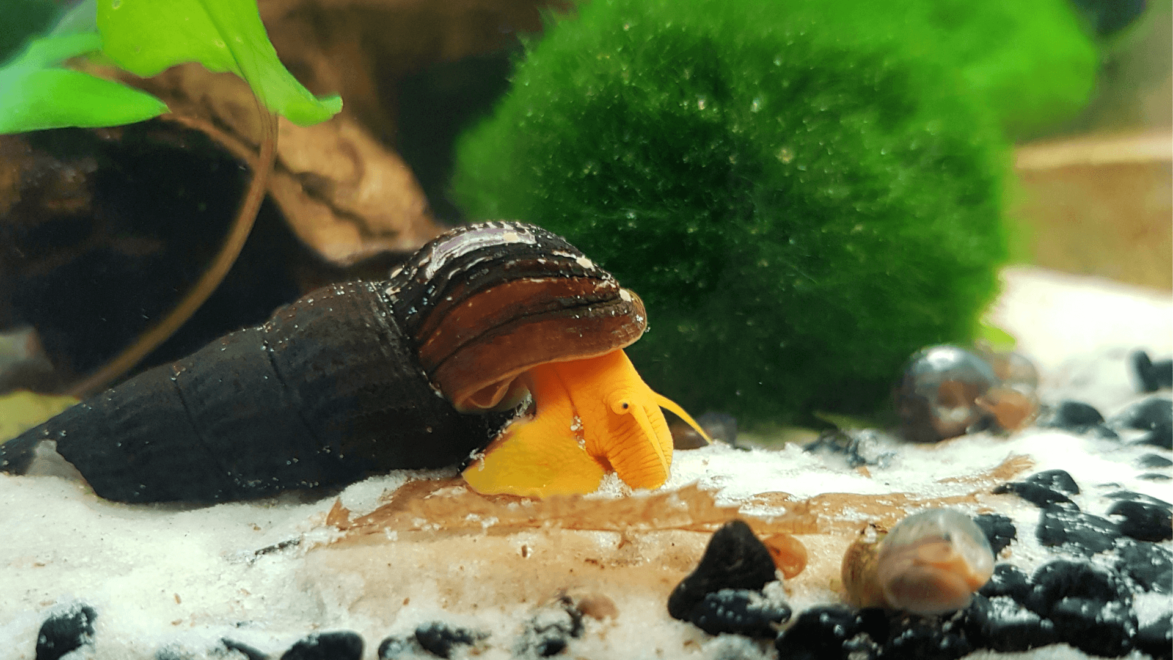
These unusual-looking aquarium snails are some of the cutest invertebrates available in the hobby. They come from Indonesia and thrive when kept in tropical fish tanks with a temperature range between 27-30 °C. They have long and pointy black shells, but it’s their orange bodies, tiny eyes and trunk-like noses that sets them apart from other types of aquarium snails.
While Rabbit Snails will chow down on algae and leftover fish food, they are known to nibble soft-leaved aquarium plants. To avoid this, either keep them in tropical fish tanks with tougher aquarium plants like Anubias and Java Fern, or keep their bellies full by feeding them a varied diet of sinking pellets, algae wafers, and blanched vegetables.
6 – Assassin Snails
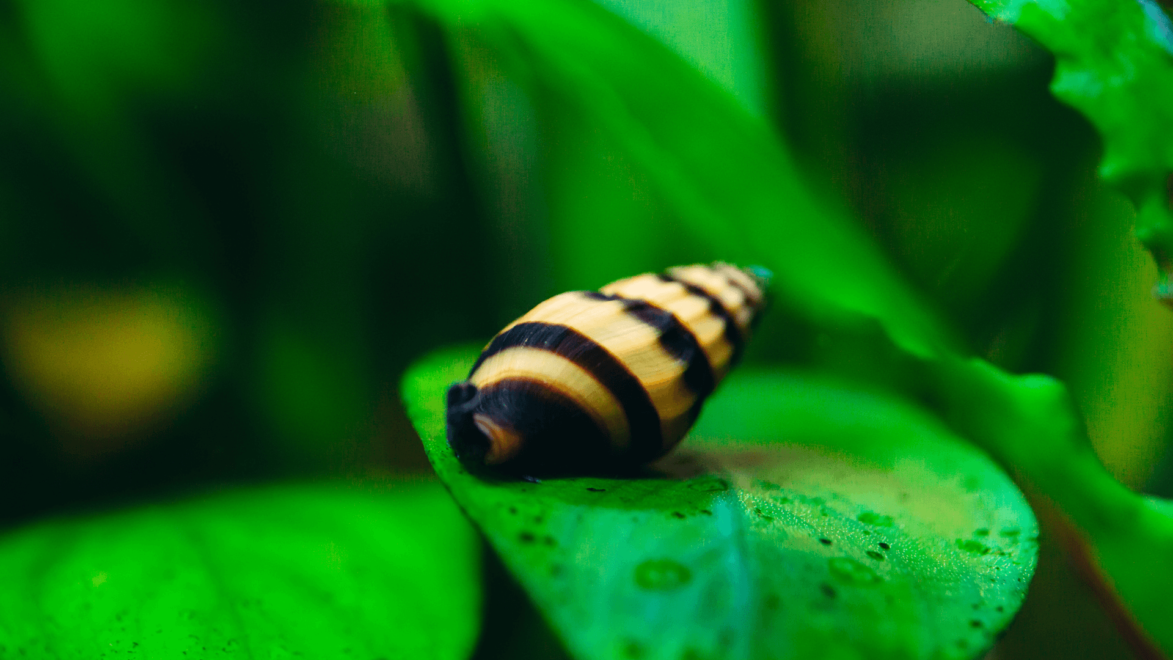
Unlike other aquarium snails, Assassin Snails aren’t detritivores. They’re actually carnivores that lie in wait and ambush other snails before stabbing them with their radula and eating them from the inside out. This might sound gross, but it’s what these snails have evolved to do. For this reason, Assassin Snails make great pest control in aquariums overrun by rapidly-reproducing snails like Ramshorn Snails and Bladder Snails.
How to care for aquarium snails
There are many different types of aquarium snails, but they all require a similar kind of care. To properly maintain and grow their shells, freshwater snails need a pH above 7 – the more alkaline the better. They also prefer high GH (general hardness) levels of ~5-8. If you spot pits and cracks in your snail’s shell then you should adjust your water parameters using specially designed GH supplements or, if you’re looking for a more natural solution, some crushed coral.
It's also important to keep your aquarium snails properly fed. Some small varieties, like Ramshorn Snails and Bladder Snails, can easily survive on a diet of leftover fish food and algae, but larger snails, like Mystery Snails and Rabbit Snails, need a more balanced diet to really thrive. These snails will readily take sinking pellets, algae wafers, and blanched vegetables. To really improve your snail’s wellbeing, consider feeding them a calcium-rich food like Hikari Tropical Crab Cuisine.
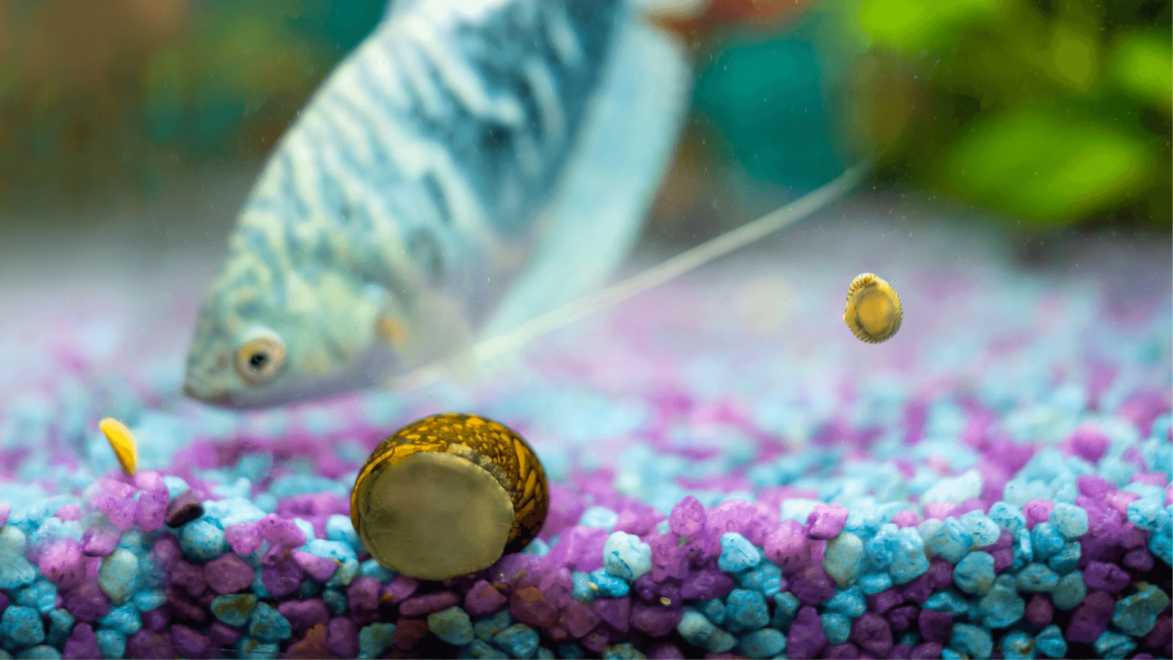
A lot of aquarium snails are known escape artists, so either lower your water level to prevent their bids for freedom or attach a tight-fitting lid. And to stop them from becoming bitesize snacks, keep them away from snail-eating fish like puffers, cichlids, and loaches. If you can follow these pointers and stay on top of your water parameters, then you’ll have no trouble keeping aquarium snails.
How to remove snails from your aquarium
Not everyone loves aquarium snails; many aquarists actually consider them pests and take every measure possible to remove them from their aquariums. If you want to get rid of some particularly pesky snails from your freshwater fish tank, or reduce a blooming population, then you can do the following: feed less, add a handful snail eaters, or try a snail trap. It’s best to avoid mass killing treatments as these can indiscriminately kill shrimp and leave lots of dead bodies that’ll just pollute your aquarium and cause a massive ammonia spike.
Aquarium snails are some of the easiest and most rewarding invertebrates to keep in a freshwater fish tank. If you’ve shied away from keeping them in the past, perhaps consider adding a handful to your next aquarium – we promise you won’t regret it!




